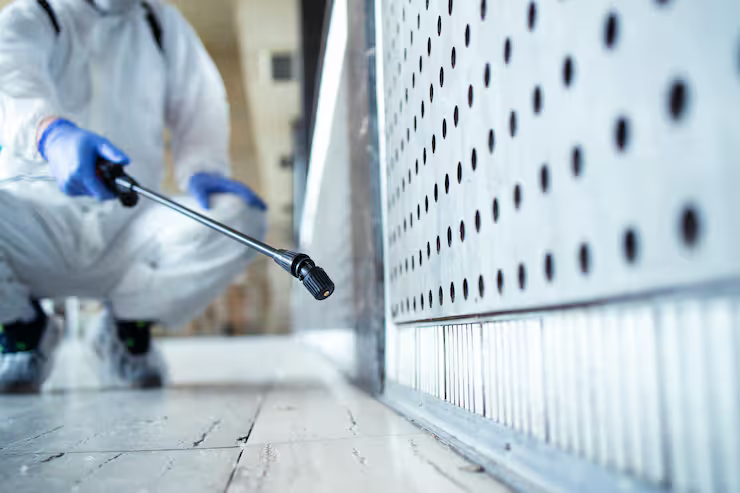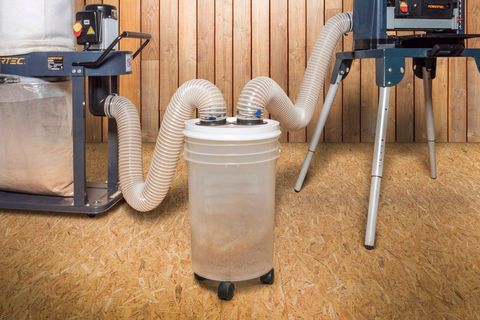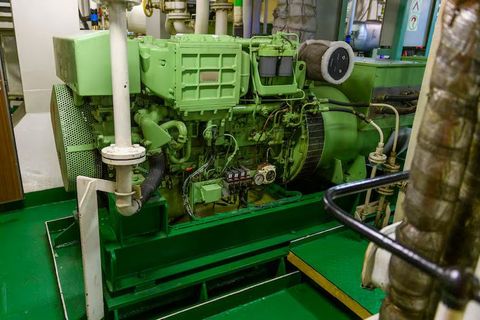The Complete Guide to Effective Pest Control Solutions
Pests such as insects, rodents, and termites have always been a challenge for households, businesses, and agriculture. They can damage property, contaminate food, and spread disease, making pest control a vital practice.
The idea of pest control began centuries ago, with natural remedies and traps. Over time, chemical pesticides became widely used, but environmental and health concerns led to the development of eco-friendly and integrated pest management (IPM) approaches. Today, pest control is about balancing effectiveness with safety for humans, animals, and the environment.

Importance – Why pest control matters today
Pest control plays an important role in public health, food safety, and property protection.
-
Health protection: Pests such as mosquitoes, rodents, and cockroaches can spread diseases like malaria, dengue, salmonella, and hantavirus.
-
Food security: In agriculture, pests can destroy crops, affecting food supply and farmer livelihoods.
-
Property preservation: Termites, beetles, and rodents can cause significant structural damage to homes and businesses.
-
Workplace safety: Businesses, especially in food and healthcare industries, must maintain pest-free environments to meet safety standards.
-
Environmental balance: Modern methods aim to reduce chemical usage and protect biodiversity while keeping pests under control.
For individuals, families, businesses, and farmers alike, effective pest control ensures health, safety, and sustainability.
Recent Updates – Trends in pest control solutions (2024–2025)
Pest control has evolved significantly with new technologies and approaches:
-
Rise of eco-friendly methods (2024): More companies now offer green pest control using biological agents, traps, and natural repellents instead of harsh chemicals.
-
Smart traps and IoT devices: Factories and warehouses are adopting sensor-based rodent traps that notify managers in real time.
-
Drone technology in agriculture: Drones are increasingly used for precision spraying of biopesticides on large farms.
-
Growth of integrated pest management (IPM): A combined approach using monitoring, prevention, and targeted treatment is now a global best practice.
-
Awareness campaigns: Governments and organizations have been promoting safe pesticide handling and eco-friendly alternatives since 2024.
These changes reflect a shift toward technology-driven, sustainable, and health-conscious pest control strategies.
Laws or Policies – Regulations affecting pest control
Governments around the world regulate pest control practices to ensure safety:
-
EPA (Environmental Protection Agency – USA): Oversees pesticide registration and safety compliance.
-
EU Biocidal Products Regulation (BPR): Ensures pest control chemicals meet environmental and health standards.
-
India’s Insecticides Act: Regulates pesticide manufacturing, sale, and use.
-
OSHA workplace safety rules: Require pest management in industries like food processing and healthcare.
-
WHO guidelines: Encourage integrated pest management and reduced reliance on harmful chemicals.
Compliance with these rules ensures that pest control methods are safe, legal, and environmentally responsible.
Tools and Resources – Helpful solutions for pest management
Several tools, apps, and resources make pest control more effective today:
Digital Tools & Apps
-
Pest Control Software (ServSuite, PestPac): For scheduling and monitoring pest treatments.
-
IPM apps: Provide pest identification and prevention tips.
-
Smart sensors and IoT monitoring: Detect rodent and insect activity.
Protective Equipment & Supplies
-
Eco-friendly traps and baits for rodents and insects.
-
Protective gear (gloves, masks, goggles) for safe pesticide handling.
-
Ultrasonic pest repellents for households.
Educational Resources
-
EPA pesticide guidelines (USA).
-
National Pesticide Information Center (NPIC).
-
Online pest identification tools.
Emergency Services
-
Professional pest inspectors for severe infestations.
-
Local municipal pest control services.
-
Hotlines for pesticide poisoning emergencies.
Table – Common pests and effective solutions
| Pest Type | Risks Involved | Effective Control Method |
|---|---|---|
| Termites | Structural damage to wood | Baiting systems, professional treatment |
| Rodents | Food contamination, disease spread | Traps, exclusion methods, smart monitoring |
| Cockroaches | Allergens, bacterial contamination | Gel baits, insect growth regulators |
| Bed bugs | Bites, property infestation | Heat treatment, vacuuming, eco-friendly sprays |
| Mosquitoes | Disease transmission (dengue, malaria) | Larvicides, repellents, mosquito nets |
FAQs – Common questions about pest control
Q1: What is the safest way to control pests at home?
The safest methods are eco-friendly options like traps, biological agents, and natural repellents, combined with preventive cleaning measures.
Q2: How often should pest control be done in homes?
Generally, quarterly treatments are recommended, though high-risk areas may need more frequent checks.
Q3: What is integrated pest management (IPM)?
IPM is a holistic approach that combines monitoring, prevention, biological methods, and targeted chemical use when necessary.
Q4: Are chemical pesticides still necessary?
Yes, in severe infestations, pesticides may be used, but modern practice emphasizes minimal and targeted use to reduce health risks.
Q5: Can technology replace traditional pest control?
Technology such as IoT traps and drones enhances pest control, but human expertise and inspection remain essential.
Final thoughts
Pest control is no longer about simply spraying chemicals; it has evolved into a strategic, science-based practice that protects health, property, and the environment. By combining eco-friendly methods, smart technologies, and regulatory compliance, effective pest control can be achieved safely and sustainably.
Whether for homes, businesses, or farms, adopting integrated and modern solutions ensures long-term results while reducing risks to people and ecosystems.






